The Stud Welding Machine Market is currently characterized by a dynamic competitive landscape, driven by technological advancements and increasing demand across various sectors, including construction, automotive, and manufacturing. Key players such as Fronius International GmbH (AT), Miller Electric Mfg. LLC (US), and Lincoln Electric Holdings, Inc. (US) are strategically positioned to leverage innovation and regional expansion to enhance their market presence. Fronius, for instance, focuses on developing advanced welding technologies, while Miller Electric emphasizes user-friendly solutions and robust customer support. Collectively, these strategies foster a competitive environment that prioritizes technological superiority and customer-centric approaches.
In terms of business tactics, companies are increasingly localizing manufacturing to reduce lead times and optimize supply chains. The market structure appears moderately fragmented, with several players vying for market share. However, the influence of major companies like ESAB (SE) and KUKA AG (DE) is notable, as they engage in strategic partnerships and acquisitions to consolidate their positions. This collective influence shapes the market dynamics, pushing smaller players to innovate or collaborate to remain competitive.
In August 2025, Lincoln Electric Holdings, Inc. (US) announced the launch of a new line of eco-friendly stud welding machines designed to reduce energy consumption and emissions. This strategic move not only aligns with global sustainability trends but also positions Lincoln Electric as a leader in environmentally conscious manufacturing practices. The introduction of these machines is likely to attract customers who prioritize sustainability in their procurement processes.
Similarly, in September 2025, ESAB (SE) unveiled a partnership with a leading robotics firm to integrate AI-driven automation into their stud welding solutions. This collaboration aims to enhance operational efficiency and precision in welding applications. By embracing AI technology, ESAB is poised to set new standards in the industry, potentially reshaping customer expectations regarding automation and efficiency in welding processes.
Moreover, in July 2025, KUKA AG (DE) expanded its product portfolio by acquiring a smaller firm specializing in advanced welding technologies. This acquisition is expected to bolster KUKA's capabilities in the stud welding segment, allowing for a more comprehensive offering to its clients. The strategic importance of this move lies in KUKA's ability to integrate innovative technologies into its existing solutions, thereby enhancing its competitive edge in a rapidly evolving market.
As of October 2025, the competitive trends in the Stud Welding Machine Market are increasingly defined by digitalization, sustainability, and the integration of AI technologies. Strategic alliances are becoming more prevalent, as companies recognize the need to collaborate to stay ahead in a fast-paced environment. Looking forward, competitive differentiation is likely to evolve from traditional price-based competition to a focus on innovation, technological advancements, and supply chain reliability. This shift underscores the importance of adaptability and forward-thinking strategies in maintaining a competitive advantage.


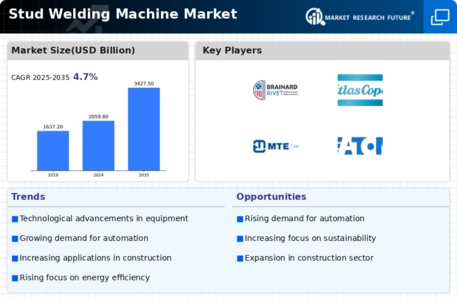
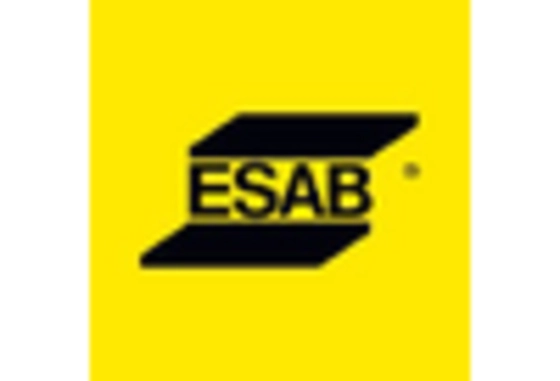
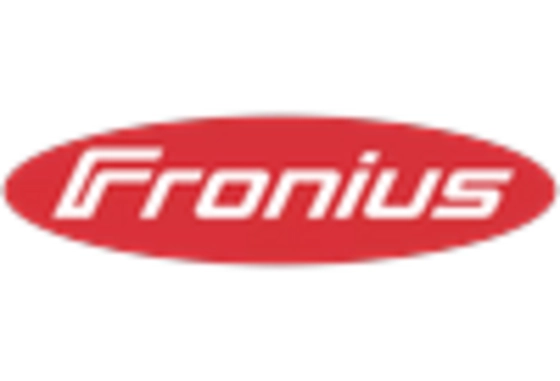

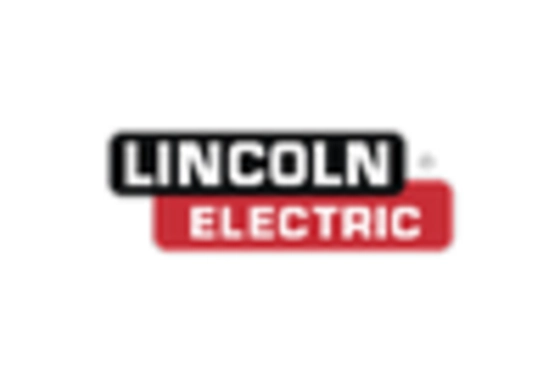
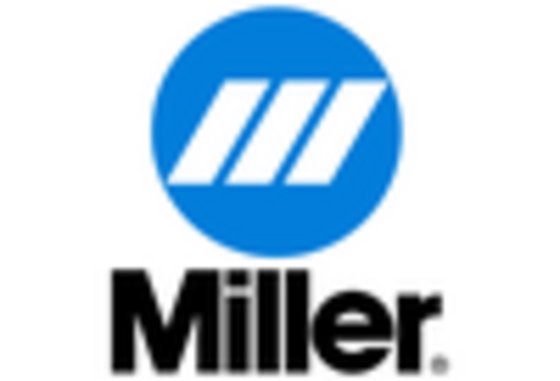









Leave a Comment